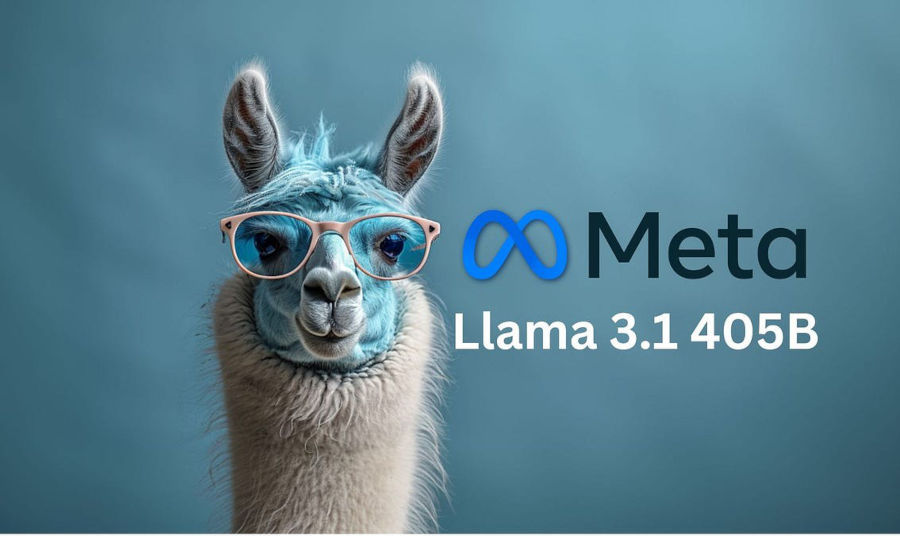
YouTube's New Policy on AI-Generated Content Mandates Content Creators to Disclose the Use of AI
Ensuring Transparency and Combatting Disinformation in the Digital Age
NEWS AI March 19, 2024 Reading time: 2 Minute(s)
In these days the boundaries between reality and artificial manipulation are becoming increasingly blurred, and the challenge of discerning authentic content from its synthetic counterparts has emerged as a pressing concern. With the proliferation of AI-driven technologies, distinguishing between genuine footage and digitally altered content has become a formidable task, fraught with implications for misinformation and trust in online platforms. To address these challenges, YouTube has announced a groundbreaking policy aimed at enhancing transparency and accountability in the realm of content creation.
YouTube's latest initiative mandates content creators to disclose the use of AI tools in producing realistic-looking video content.
 Under the new guidelines, any material that employs the likeness of real individuals, manipulates footage of events or locations, or generates lifelike scenes must be accompanied by a clear label indicating its synthetic nature. This measure seeks to safeguard users against deceptive practices and mitigate the spread of disinformation across the platform.
Under the new guidelines, any material that employs the likeness of real individuals, manipulates footage of events or locations, or generates lifelike scenes must be accompanied by a clear label indicating its synthetic nature. This measure seeks to safeguard users against deceptive practices and mitigate the spread of disinformation across the platform.
The implementation of this policy marks a significant step forward in YouTube's commitment to fostering a responsible digital environment. By requiring transparency regarding the use of AI technologies, the platform endeavors to uphold integrity and trustworthiness in the content shared by its creators. Crucially, the policy underscores YouTube's recognition of the potential risks posed by AI-generated content, particularly in sensitive domains such as health, politics, and finance.
Moreover, YouTube's guidelines strike a balance between transparency and creative freedom. While certain alterations necessitate disclosure, exemptions exist for instances where AI is employed in script development or the creation of fictional elements. By delineating clear criteria for disclosure, YouTube aims to provide clarity to content creators while promoting ethical practices in content production.
 Notably, the enforcement of these guidelines will be accompanied by a grace period, allowing creators to adapt to the new requirements. However, YouTube emphasizes that non-compliance could result in punitive measures, including video removal, account suspension, or demonetization. This underscores the platform's commitment to upholding community standards and ensuring adherence to its policies.
Notably, the enforcement of these guidelines will be accompanied by a grace period, allowing creators to adapt to the new requirements. However, YouTube emphasizes that non-compliance could result in punitive measures, including video removal, account suspension, or demonetization. This underscores the platform's commitment to upholding community standards and ensuring adherence to its policies.
Furthermore, YouTube's phased rollout strategy reflects its commitment to user-centricity and gradual implementation. By initially introducing the policy on mobile platforms before extending it to desktop and TV interfaces, YouTube aims to streamline the transition process and minimize disruption for users and creators alike.
Looking ahead, YouTube has pledged to refine its privacy policies to address concerns related to AI-generated content featuring individuals' faces or voices. By facilitating the removal of such content upon user request, YouTube reaffirms its dedication to respecting users' rights and promoting responsible AI usage.
COVER IMAGE: RAWPIXEL.COM
YouTube AI synthetic content disinformation transparency content creators digital ethics Technology News RSMax
*Our pages may contain affiliate links. If you buy something via one of our affiliate links, Review Space may earn a commission. Thanks for your support!
CATEGORIES

























COMMENTS